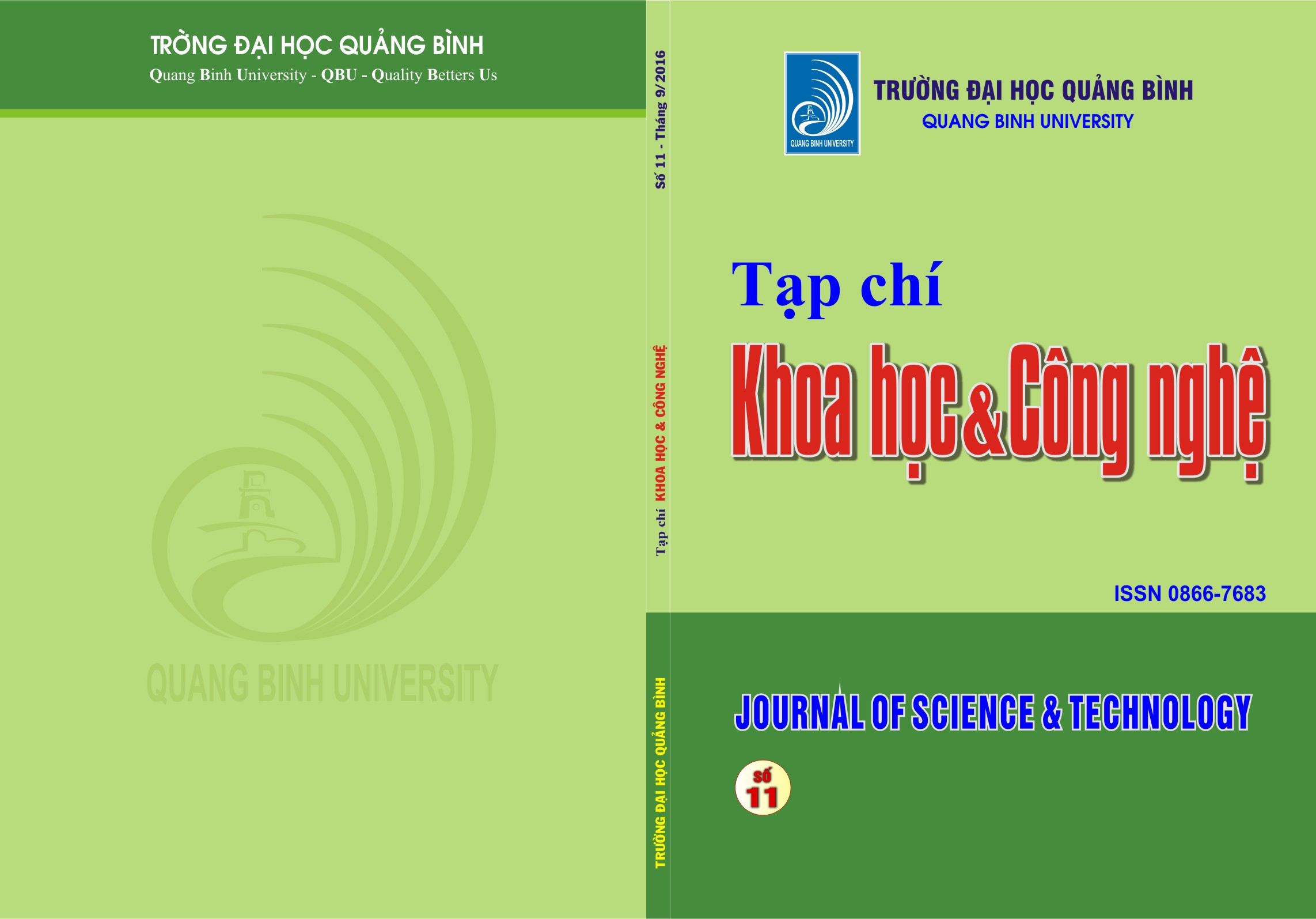A COMPARISION STUDY FOR STRUCTURES AND BOND DISSOCIATION ENERGY BETWEEN TETRYLONE AND TETRYLENE LIGANDS OF Ni(CO)2 COMPLEXES USING ENERGY DECOMPOSITION ANALYSIS WITH NATURAL ORBITAL FOR CHEMICAL VALENCE
Abstract
Quantum chemical calculations at the gradient-corrected (BP86) density functional calculations with TZ2P+ basis set were carried out for complexes tetrylones [(CO)2Ni-{E(PH3)2}] (Ni2-EP2) and tetrylenes (Ni2-NHE) when E = C to Pb. The calculated equilibrium structures of tetrylone complexes Ni2-EP2 showed that all ligands EP2 were bonded in a tilted orientation relative to the fragment Ni(CO)2. Unlike the structures of tetrylone complexes, the structures of tetrylene complexes Ni2-NHE have the NHE ligands (E = C to Sn) bonded in a head-on way to the Ni(CO)2 fragment, except the Ni2-PbP2 has a side-on bonded ligand PbP2 with the bending angle, a = 110,0°. The calculated bond dissociation energies (BDE) suggest that the Ni-tetrylone ligands bond strength slightly increases from the carbone to the silylone, then slightly decreases from the silylone to the plumbylone. The BDE for the (CO)2Ni-NHEMe bonds is Ni2-NHC > Ni2-NHSi > Ni2-NHGe > Ni2-NHSn > Ni2-NHPb . The differences between Ni2-EP2 and Ni2-NHE can be mainly explained that the tetrylones{E(PH3)2} have two lone pair orbitals available for donation while the tetrylenes{NHEMe} only retains one lone pair at central atom E for donation.

